|
Article and photo by Donna Iverson Gardening with a cat or cats, as the case may be, can be a challenge. By nature, cats like to nibble your house plants and eye your freshly turned over garden bed as their personal litter box. While most gardening articles are about how to keep cats out of your garden, this article is how to welcome them in. Let's start with cat grass. A perennial native to North Africa, cat grass satisfies a cat's natural urge to chew grass. It acts as a digestive aid, helping them expel hairballs. In the wild, cats eat grass after eating their prey, expelling the parts that are indigestible. Cat grass is easy to grow from seed or you can buy it ready made in the vegetable section of your local grocery store. A pot or planter of cat grass, inside or outside, provides your kitty with their very own substitute garden. And they can nibble to their hearts' content. If yours is an indoor cat, the cat grass will give them a welcome taste of the outdoors. And not only that, the cat grass will benefit them health-wise, supplying Vitamin A and D. It also freshens their breath with its trace amounts of chlorophyll. What exactly is cat grass? Depending on the mix, it can contain a variety of sprouted grains, like wheat, barley, oats and rye. Once full grown, cat grass only lasts three or four months, as it quickly becomes root bound. When it turns yellow, it's time to replant or buy a new pot. Either way, your cat will love it and also enjoy having their own garden plot. Next up, catnip. Some call this cannabis for cats. A couple of plants in your garden, will have your cats rolling around in ecstasy, an effect that can last from a few minutes to an hour. Catnip is a member of the catmint family, which is its more ornamental cousin, producing beautiful lavender flowers. Both catnip and catmint attract butterflies and repel aphids, squash bugs and Japanese beetles. They are drought tolerant, deer resistant and have been naturalized in the US. Catmint can also become invasive. While medicinal herb books recommend catnip tea for humans as having a sedative effect, others warn that it is unsafe for humans, especially those with acid reflux. As for cats and houseplants, I grow herbs indoors and call them house plants. Cats don't like most herbs and will leave alone, especially lavender, thyme, lemon balm, rue, rosemary, and geranium. And even if cats nibble them, they will cause no harm. Of course, if you are someone trying to keep cats out of your garden, these same herbs will act as a deterrent, and your cat or the neighbors cat may just ignore your garden plants and focus on mousing. Garden tip: a metal mailbox on the ground in your garden is a good place to store tools.
0 Comments
By Tina Bury
Not long ago I had the honor of teaching at a skill swap. It was a lovely, peace-filled day full of happy, smiling people intermingling, learning a thing or two and sharing both bread and a dance step. I taught a class on hand sewing a tee shirt…and I failed at it. Really…not one student had enough time to pick up a needle let alone stitch a stitch. Not only did I misjudge the time it would take to cut out our patterns and fabric, but I also did not plan for an outdoor venue. The wind would not let our patterns and tissue paper rest, not for one moment. And I didn’t ask for enough tables. Ugh. When my class was over, my heart sunk with dismay and that harsh, little internal voice whispered, “See, you’re not good enough. Who do you think you are? What gives you the right to reach for this dream?”. Then the most lovely thing happened, my wise woman spoke firmly and said, “what this was, was a learning experience, nothing more. You are enough. You have what you need, right now. “. As a testament to the work, I’ve put in this past year or so, I didn’t sink into shame, but took my lessons and had a really wonderful day. I’ve spent much of my life fearing that if I wasn’t amazing, impressive even, that I would not be loved. I didn’t know this about myself until recently. Finding myself underwater, after the birth of my son, brought this painfully to the surface. I had never before felt depression, I had never felt so needy, and along with it came this torrential pain that no one would love me like this. To be clear, I have several lovely humans in my life that love me just as I am, impressive or not, but the stories/beliefs that live in the shadows have such power. It took hitting the bottom of that hole for me to really look at what was there and ask myself why. I spent the last year or so, gently reading, meditating and doing the work that was mine to do. (Also, that’s when the baby started sleeping through the night…so that helped.) And honestly, I sensed that I didn’t have enough time for this class from the get-go. My intuition was quietly speaking for weeks…but I’ve yet to consistently listen to her. I can’t say how many times I’ve had this small feeling that something wasn’t quite right and yet I forge ahead. This is my lesson in this exact moment of my life…courage to follow my intuition and recognize it when it speaks. But still, I had a great time in my class. I loved engaging with the folks and I loved sharing my passion for handwork and for garment sewing. I loved working with each person to fit the pattern to their unique measurements and talking about why that was important and how I found it so empowering. And you know…several folks came to me throughout that day and told me how much they enjoyed the class and I even received a lovely email saying how inspired this student was and thanking me. I’m struck by the thought that when we follow our passion and come from openness and service, it all works out…failing or not. Let’s give it another go, shall we? Tina Bury called the Newaygo area home before tramping off to the snowy north where she found herself a mama and a sewing teacher. She hosts sewing retreats and workshops in Michigan for garment sewists who crave connection and finally want to wear and sew clothes they love. She also has an online course where you can get mindful and intentional about what you wear and how you show up in the world and give yourself more joy in your craft. She shares her musing on making in her weekly e-letter and on her blog. Kinshiphandwork.com Article and photo by Donna Iverson This time of year, West Michigan's landscape is one of leafless dark tree silhouettes contrasting sharply with the white snow cover under our feet. But here and there are small bursts of color, ......red, yellow, blue, purple and orange winter berries, like holly, viburnum and bittersweet. They jump out at the eye begging to be noticed. The bittersweet vine blazes with dozens of bright yellow-orange berries on vines that wrap around trees and fences, often at the edge of wood lots or in waste places. Decorators love bittersweet and use it for fall and winter displays on wreaths, around candles, and hanging from doorway entrances. But it's name signals a warning. While the berries look sweet and inviting enough to eat, they are not unless you are a bird or a squirrel. In fact, the berries are toxic containing a poison called solanine. It is the same toxin found in green potatoes. And while all winter berries may look enticing and edible, most are not. Fifty percent of red wild berries are poisonous. Most of the Bittersweet found in the Midwest is an alien brought over to this country around the time of the Civil War. Since then, it has been referred to as Oriental Bittersweet. And like most plant aliens, it has become invasive killing off trees by strangulation and displacing its cousin, the American Bittersweet. The reasons for this are many. It produces more berries than the native variety, which birds eat and disperse the seeds over a wide area. Once established, it is difficult to eradicate as its roots run deep and even a small section of root can regenerate. The Michigan State Extension Service gives eradication instructions on its webpage, saying that a professionally-applied herbicide may be required. See https://mnfi.anr.msu.edu/invasive-species/OrientalBittersweetBCP.pdf Once again one of my favorite plants turns out to be harmful to pollinators and killing off trees and native plants. Other offenders, in addition to Oriental Bittersweet, include several honeysuckle varieties, autumn olive, multiflora rose, purple loosestrife, burning bush, wisteria, and English Ivy. Which brings us back to American Bittersweet which is almost extinct. So how can you tell the difference between the two? If there is a bittersweet vine in your yard, it is most likely the Oriental variety. To be sure, check where the berries grow. On the Oriental variety, the berries grow evenly spaced along smooth stems. Berries on the American Bittersweet grow in a clump at the end of a thorny branch. Bottom line: if it's Oriental Bittersweet in your yard, best get rid of it. If you want to grow bittersweet, look for the American variety, Latin name Celastrus scandens. Avoid its cousin Celastrus orbiculatus Garden tip: Keep the water in your garden bird bath from freezing over by floating a small ball, such as a ping-pong ball, on the surface. The wind will keep the ball moving and the ice at bay. Well…not made me, per se, but certainly inspired me to do it!
Grandma Marian, she’s the one I often think of when I think about my making journey. She’s the one I feel alongside me as I sew clothes, cursing the sewing machine, with pins in my mouth. To my understanding, she was a factory worker by day, a seamstress by night. Making wedding dresses and bridesmaid dresses in her spare time. She died when I was 17, but the 41-year-old me wishes I could ask her some questions. Like, did she harbor dreams of becoming a seamstress full time? What did she want to do with her life? Ideally? Why did she knit, crochet, sew? I wonder what her dreams and aspirations were at this time in her life. In high school, she always made my formal dresses. Patiently sitting at the pattern table at Joann’s while I painstakingly chose a dress pattern and then promptly fell in love with ill-fitted fabric. Then she’d adjust the dress to fit my body, pins in her mouth, swatting at me to hold still. Fight the cat for table space and tell me, you better pay attention, I won’t be around forever. I didn’t and she wasn’t…around forever. She died in the winter of my senior year of high school. Before we got the opportunity to take a color tour (and stay in hotels!) around Michigan. Before I learned any technical skills. Way before I was ready. But not before I became inspired. In my late twenties, I was tired of trying on dresses in stores to have them never fit. Never. I finally, grudgingly accepted that I had a body that was not right for dresses. Until one fateful day, while thrifting, I found a handmade knit dress that seemed to have been made for me. For my body. (I love to imagine the woman who made that dress. Would I see her and recognize her body as a mirror of mine? Did she garden and plant flowers in that dress? Did she wear it on picnics by the riverside? Run through a meadow of wildflowers with a straw hat and giant smile? I like to think so!) So, being an intrepid maker, if not yet a garment maker, I traced the dress onto a grocery bag, found the perfect quilting cotton, and sewed it up. If you know a thing or two about fabric, you may know how this ends. Knit fabrics stretch, quilting fabrics don’t. Still, I could squeeze it over my head, wiggle each shoulder and body part into place and wear it with pride. I have no doubt Grandma Marian was there with me, thrilled with my success. She may have even told me my fabric choice was not a good one…or maybe not! I was elated! It fit! Mostly. People stopped me in the streets, in awe of my dress! Well, maybe not exactly, but my friends were properly impressed and it certainly gave a new spring to my step and swagger to my walk. A garment maker was born. I never looked back. I now make (or thrift) nearly all of my wardrobe and it has been an empowering and delightful journey. I wear clothes that fit my body. The one I have right now. Nothing is more flattering than clothes that fit. I wear clothes that fit my style and make me feel strong and beautiful. Because, I no longer accept anything less than clothes that make my best shine through, clothes that help me glow. (and I get to connect with my Grandma! win – win.) To be sure, I come from a long line of makers…male and female. My Dad a carpenter and maker of tools and materials for his hobbies. A Mama who made her own dress for my brother’s wedding, (I think it was out of quilting cotton!). And her mother, Grandma Hilda, who sketched and painted on fabric and created lovely things. And those are only the ones I can quickly bring to mind. For them, I’m deeply grateful. Article and photos by Donna Iverson The middle of winter doesn't seem like the best time of year to be writing about sunflowers. But it is the time of year to be buying seeds. And that includes sunflower seeds. As each new seed catalog arrives, I enjoy looking for new seed varieties, paying special notice of seeds that are featured and popular, and searching the pages for native heirlooms. More and more, the native plants draw my interest. So when I turned to the sunflower pages of the latest seed catalog, I skipped over the giant sunflowers, the dwarf sunflowers which you can grow in a patio container, and zeroed in on the wild native sunflower: Helianthus annuus. It is native to the central plains, which includes western lower Michigan. Like most plants, almost all varieties of sunflowers have been hybridized over the last decades. In effect, they have been genetically modified to increase their size, make them more colorful, resistant to insects and diseases, and more visually attractive to growers. While many consider these gains, we have lost a lot. For instance, many bees and butterflies, which have become endangered, depend on native plants for food. Hybrids require more water and fertilizer and we have become dependent on large scale farms to produce these seeds. Unlike its hybridized cousins, the native sunflower is open-pollinated which means you can collect the seeds and replant them next year, and the flowers will reproduce true to their original form. You can go to seed exchanges and trade seeds with your friends and neighbors. Even local libraries are now sponsoring seed exchanges. Not so with hybridized seeds. You need to buy them every year from the seed catalog people. Although some seed farms are starting to offer native, open pollinated seeds. Admittedly, the native wild sunflower is smaller, growing from 2-6 feet if planted in well-drained soil in a sunny location. Instead of one giant sunflower at the top of the stalk, it is branched, with hairy stems, producing bold yellow flowers that measure a smaller 2-3 inches across. It's flower heads will rotate during the day to face the sun, ending in an easterly direction at dusk. Wild sunflowers also have an intoxicating smell that is not to be missed, according to Alan Branhagen, author of Native Plants of the Midwest. Check it out come summer. Like many trees and plants, sunflowers have a downside. They contain allelopathic chemicals which leach into the soil and deter the growth of nearby plants, veggies included especially beans and tomatoes. It's the same chemical that is produced by some trees, like the Walnut. And it is why flowers won't grow around a tree base. I have decided that my wild sunflower seeds will be planted along the periphery of the garden, beside a fence, instead of going into the garden beds next to the veggies and herbs. There, I will still be able to enjoy their cheerful showy presence as will the birds and animals that crave their seeds. Garden tip: consider a winter walk and pause to appreciate the beauty of plants displaying their snowy coats.  Trying on my wool yarn dyed with onion skins avocado and osage orange Trying on my wool yarn dyed with onion skins avocado and osage orange By Tina Bury I had a little space recently, in between coats of paint on the exterior of the house, to brew up a pot of natural dye. Both avocado pits and osage orange wood chips. Then we found some walnuts in the park in town. Not enough to dye with...yet...but I have my eye on them. In fact, my nearly 4 year old spotted them and said, "Mama we can dye with these!". (be still my maker's heart) I am loving this osage orange wood that I got from a friend. My friend is a spoon carver, among other things I'm sure, and had these chips as waste. I became the very lucky recipient of them. Honestly, I've never loved yellow as a color to wear...until now. If you've ever dyed anything, whether with natural dyes or chemical dyes, then you know the addictive and magical nature of it. You never really know what you're going to get. You gleefully drop your (mordanted!) fabric or yarn into the pot and viola, out pops a whole new beast. Sometimes, it's what you expected and sometimes, it's not. Sometimes it's better. Sometimes you have to dye it again...two or three times. That's the curse of being very discerning about color. It's lovely, in the way that slow cooking a pot of soup on the stove is, to take a few days to leisurely make the dye pot while mordanting you fabric/yarn, strain out the dye stuff and sink your fabric/yarn in. Apply a little heat, stir it a bunch (shouting..."oh whoops, I forgot I have to stir my fabric, as you bolt out of the house to your dye "Studio"!" Getting your small child all cranked up and shouting too.), pull it out, let it dry, rinse it and wash it and let it dry again! (what?! Yes, I let my naturally dyed fabric dry before rinsing in an effort to get a better color fastness) And finally, bask in the glow of a whole new fabric/yarn...magically created with your own two hands. This leisurely way of dyeing I find limited to natural dyes. Chemical dyes seem to be a bit more sensitive to time and demanding of your attention. Do you dye your fabric? Have you ever tried dyeing with natural dyes? What's stopping you? Some of my favorites, and oh so easy to get, are onion skins, avocado pits and walnuts. Basically make a tea...simmer the dye stuff for an hour or two. Strain it out and dye your fabric/yarn that has already been mordanted. (Alum Acetate for plant based fibers {cotton, linen, etc} and Alum Sulfate for protein based fibers {wool, silk, etc}) Stir it around periodically, warm it up (not too hot for wool!) and let it be for a good long time. (maybe overnight) Squeeze out the excess (and throw some more fabric in for crying out loud...you should have just mordanted all of your white socks and undies while you were at it, for just this emergency. yes, all of those white napkins too.) and let it dry before rinsing, washing and drying again. Welcome to your new addiction. You’ll be swiping avocado pits from other people’s houses before you know it. Tina Bury called the Newaygo area home before tramping off to the snowy north where she found herself a mama and a sewing teacher. She hosts sewing retreats and workshops in Michigan for garment sewists who crave connection and finally want to wear and sew clothes they love. She also has an online course where you can get mindful and intentional about what you wear and how you show up in the world and give yourself more joy in your craft. She shares her musing on making in her weekly e-letter and on her blog. Kinshiphandwork.com Article and photo by Donna Iverson
Winter is the perfect time of year to identify trees by their bark. Three of the easiest trees to identify are paper birch, shagbark hickory, and sycamore. Each of these beautiful trees has unique bark ....the stark white of the paper birch, the deeply heavy shags of the hickory, and the mosaic colored scales of the sycamore with its colorful looking plates of grey, green, yellow, brown and cream. In addition to its bark, sycamore can be identified by its large size, up to 100 feet tall, and it's bristly brown round fruit the size of small golf balls that hang from the limbs. In the spring these balls fall and split open to release thousands of seeds that are eaten by birds and can be planted to grow a new tree. "This tree has more visual attractions than an art gallery," writes author Nancy Ross Hugo in her book Seeing Trees. "A true American sycamore shines with the spirit of our places," writes another author of Native Plants of the Midwest. If you want a fast growing large shade tree in your yard, sycamore is a good choice. It grows about 3 to 4 feet or more a year, reaching its full size in about twenty five years. Be sure to plant away from sidewalks and driveways as the invasive roots can crack cement. This tree is not for tidy gardeners either, as its fruit will pepper the ground come spring. The Sycamore's natural habitat is wooded wetlands or wet forests. One of Michigan's native trees, It tolerates an urban environment and at one time was exclusively planted as shade trees in cities. According to geologists, the tree has existed for more than a million years and can live to the ripe old age of 600. It is believed to be the longest lived tree in the world and the largest broadleaf tree in North America. Commercially, it is used commercially to make butcher blocks, crates, siding, baskets and musical instruments because the wood is nearly impossible to split. Backyard animals love the sycamore, especially it's often hollowed out trunk which they use for food shelter, nesting and shelter. The Egyptians used the hollow trunk to make coffins. And with interest in natural burial growing, maybe someday we will too. The sycamore pictured here grows along with several others at St Mary's Catholic Church, the oldest church in downtown Muskegon. It reminded me of the song my Sunday school class used to sing: Zacchaeas was a wee little man And a wee little man was he He climbed up in the Sycamore tree For the Lord he wanted to see Garden tip: one of the safest places to buy uncontaminated lettuce this time of year is at a farmers market. The very safest place, of course, is to grow your own. By Tina Bury
Lately, I’ve been filming my digital course, Sew Clothes You LOVE and just in case that sounds glamorous, here’s the truth from my one-woman filming studios. Where cameras teeter on precarious stacks of books, atop an ironing board, also balanced on stacks of magazines and computers are propped on the cardboard, handmade garage my son made for his front end loader atop his unmade bed. (He’s also a tape artist. Seriously, I asked Santa to fill his stocking with rolls of tape. We were both thrilled!) It’s been fun. Really fun, actually. And hard. Hard to get over myself and the multitude of triggers being on camera brings up. And frustrating when I nail it, only to realize that the camera did not record…for some magical, mystical reason. Unlikely to be user error. It’s a rollercoaster of feelings…from elation at a clip that I love to despair that it’s not enough. Not enough. Always rearing it’s monstrous head. I’m better at riding it out and knowing that my best is enough than I used to be, but still, in the early morning hours, it sometimes wakes me with its fear. I was really, really nervous to film myself. Uncharacteristically so. I generally navigate life with the thought that I am capable of just about anything I put my mind to. (and everyone else for that matter…I believe wholeheartedly in the Henry Ford quote “Whether you think you can, or you think you can’t–you’re right.”) So to get ready to film, I did several, really uncomfortable FB Live filming with my friends and right before I film my course, I meditate, listen to some affirmations while standing like superwoman in the mirror and then race around the house hooting and hollering…truly. (I actually do ululations…something I picked up from Dr. Tererai Trent’s book “The Awakened Woman”. You’re gonna have to google it!) And wouldn’t you know it, I feel pretty darn comfortable with it now! Cause life is like that, you know. It’s so hard until it’s simply not anymore. You’ve done the baby steps, you’ve worked through the fear and bam…you’re doing the thing that was so hard with ease and comfort. Mostly. So cool. How about you? What are you doing that’s hard? In case you don’t hear it, well done! Working through fear is hard…whether that’s learning to live with spiders or showing up in front of thousands of people. Well done. Tina Bury called the Newaygo area home before tramping off to the snowy north where she found herself a mama and a sewing teacher. She hosts sewing retreats and workshops in Michigan for garment sewists who crave connection and finally want to wear and sew clothes they love. She also has an online course where you can get mindful and intentional about what you wear and how you show up in the world and give yourself more joy in your craft. She shares her musing on making in her weekly e-letter and on her blog. Kinshiphandwork.com I’ve noticed that every particular profession or interest carries along its own language. Being an educator, I can speak teacher jargon pretty fluently. Being married to an educator, Andrea does a pretty good job of understanding most of the unusual words and acronyms I throw out there. Andrea’s profession of pharmacy also comes with some unique phrases that I can at least understand (BID is not only an auction term!) Birding also has a colorful set of phrases that only birders will understand. Listening to a group of birders discussing the morning’s birding can sound a bit like a foreign language…or the babbling of a group of lunatics. So, in an attempt to explain that I’m not a lunatic (shhhh…), I’ve put together a short glossary of birding terms. I invite readers to submit terms that should be added in the comments. DISCLAIMER: This is an attempt at education AND humor. It's meant to be somewhat tongue-in-cheek. I appreciate ALL that are interested in birds and my writing. I mean no offense to any reader. Backyard birder: one who enjoys observing birds near their home, often at bird feeders. Big Year: a competition where a birder lists all the birds they’ve seen in a calendar year. Or, an example of cinematic art. Bins: binoculars Bird: noun: an animal with feathers. verb: to seek birds Birder: one who birds. Birding: to engage in the seeking of birds Birding Festival: an event held in an important birding area where birders meet to celebrate their obsession. Bird Photographers: people with cameras and HUGE lenses that often travel in herds seen grouped in mobs in front of a tiny migrant warbler. Birdwatching: watching birds do stuff. NOT synonymous with birding Chase: to drop everything and travel to the site of a rare bird sighting in the attempt to grow one’s list…or to dip in the attempt Chaseable bird: a very cooperative (or completely lost) rare bird that the obsessed (see lister and chaser) has a reasonable chance of observing. May not require retirement of unemployment to see. Chaser: a birder that can drop everything to drive across the state to look at a rare bird. Usually retired or unemployed. Coffee: birder fuel Cooper’s vs Sharp-shinned: the great hawk debate on like, every Facebook birding group Dip: to spend hours and dollars travelling to the site of a rare bird sighting…only to have missed it by five minutes. To NOT find the bird you were looking for. Empids: a group of small, VERY similar flycatcher species. Often only distinguished by vocalization. Female Red-winged blackbird: easily the most mis-identified bird. Field Guide: the leader of a birding expedition (expert birder) or a print guide to identifying birds. FOY: first of the year. The first bird of that species that you've recorded this year. Giss: (pronounced jizz) Bird identification by General Impressions of Shape and Size (and, perhaps sound) Birders who spend a ridiculous amount to time afield can often birds out of the corner of their eye by the way is moves, its shape, its size, or by its song. Irruption; an event when some Canadian species move south to the warmth of Minnesota and Northern Michigan for winter. (eh!). Life bird: a species of bird one has observed for the first time. Cause for celebration with birder fuel and pie. Life list: a list of all the birds one has observed in the wild in one’s lifetime. List: noun: an organized account of the species of bird the birder has observed. verb. To keep a documentation of one’s bird observations. Lister: an obsessed birder that has accounts of his/her bird observations is several forms and for many different time periods and geographical areas. Listing: to engage in the documentation of one’s observed birds. LBJ: Little brown job, usually in reference to an unidentified sparrow Nemesis bird: THAT bird that you just can’t seem to tick. Patch: your local area. The birding area where you bird the most. You ARE the expert in the seasonal variations of species there. Peep: a group of species of confusing small sandpipers. They can be very difficult to identify correctly. Pelagic: A birding trip aboard a boat in search of open-water birds such as Albatross Pishing: making strange hissing or kissing sounds meant to call birds out into the open. Port-a-potty: Very rare, especially when one has consumed too much birder fuel. Rare bird: a bird that is found somewhere that is unusual for it. Sea Gull: a mythical creature many non-birders swear to have seen, often in fast-food parking lots feeding on spilled French fries. Spark Bird: the gateway bird (“I won’t let myself get hooked”…too late!) the bird that sparked your interest in birds. Spring migration: a time of many sick days and personal-time-off to marvel at the birds migrating north. A time to grow one’s year list. Tick: a record of a first observation of a species. A county tick would be the first time you’ve seen that species in a particular county. OR, a small arachnid that will burrow its head into your skin and suck blood and generally make you afraid to step into a grassland no matter how many birds await there. Twitch: (UK) (see chase). alternatively, the involuntary response to hearing the word Seagull or being referred to as a birdwatcher. Red-tailed hawk: like, every hawk you see and are stumped by. Warbler neck: stabbing muscle pains in one’s neck from excessive time spent looking directly up into trees staring at warblers’ butts. Water feature: a birdbath Year bird: a bird one has observed for the first time this year. Yes, a new list every year. Did I mention obsessed? (see Lister) (see tick) For Birdgoober.com, I’m Terry Grabill |
Archives
July 2024
Categories |
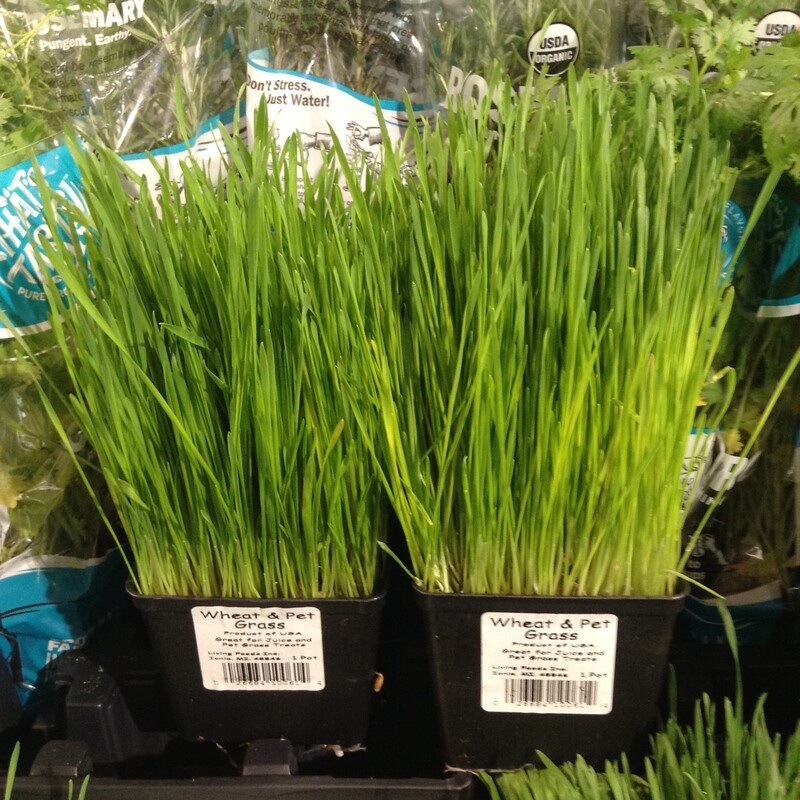
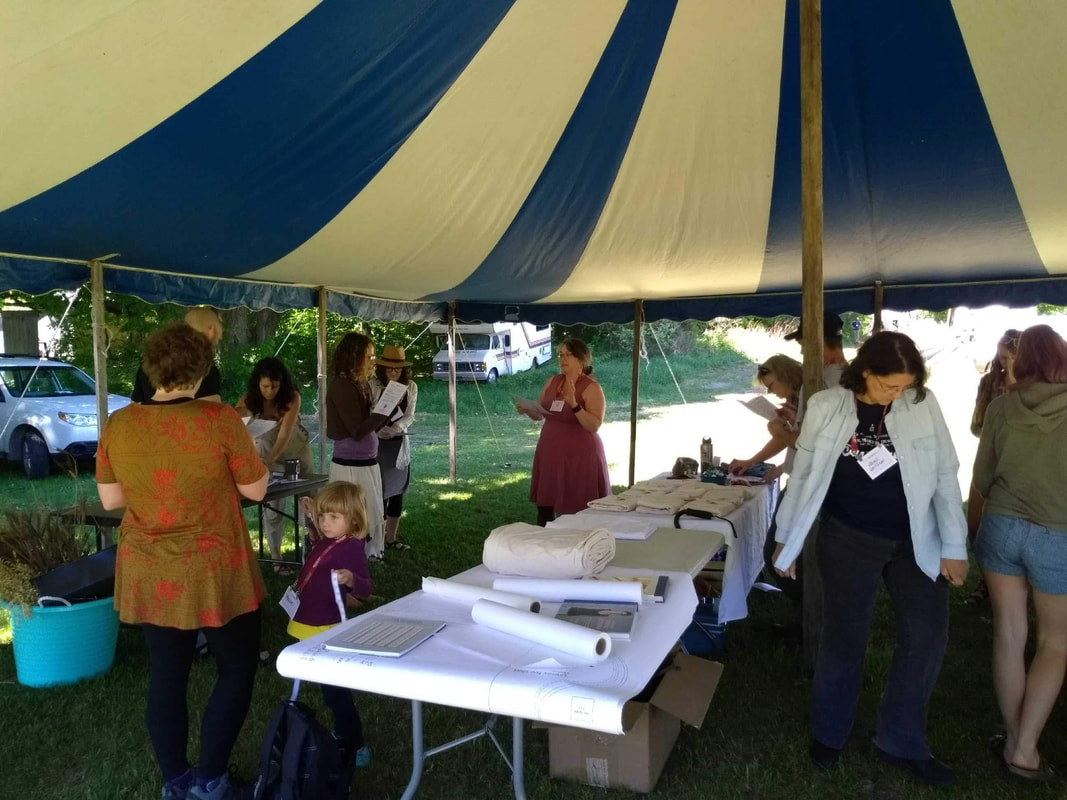
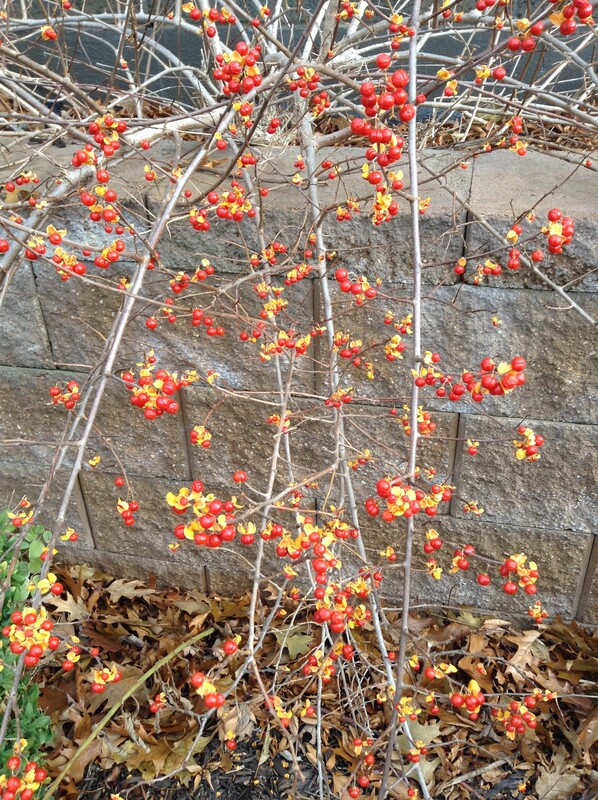

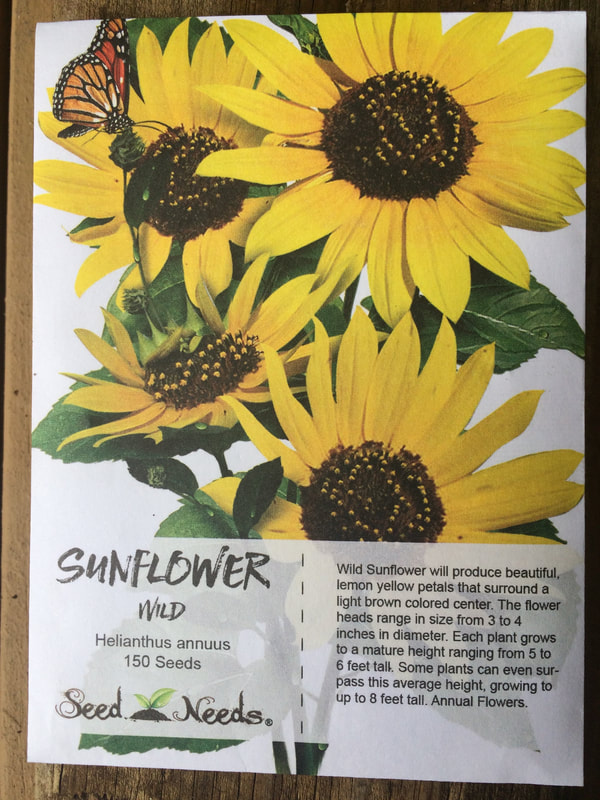
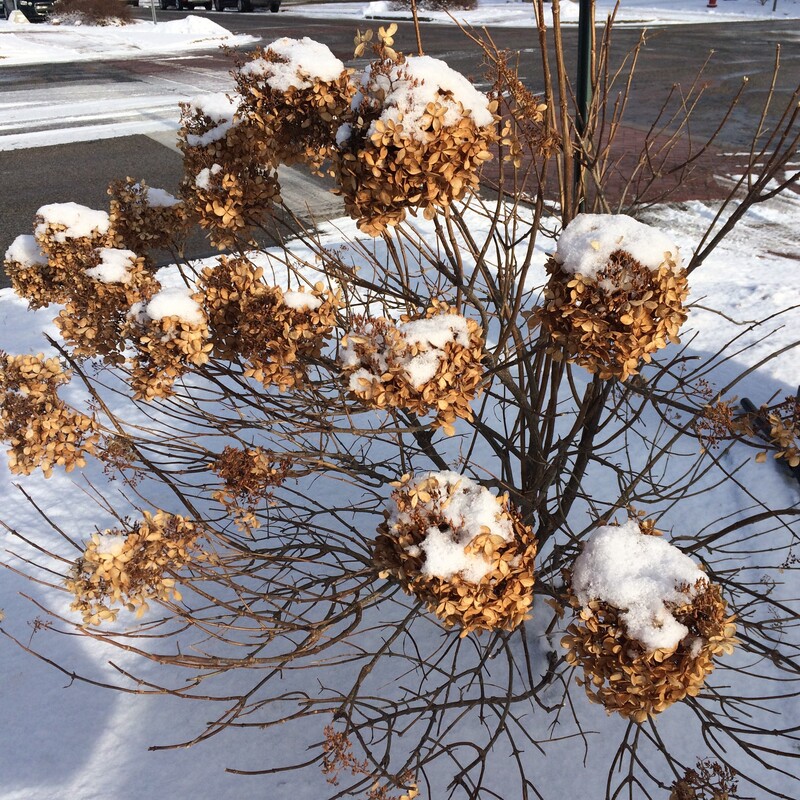
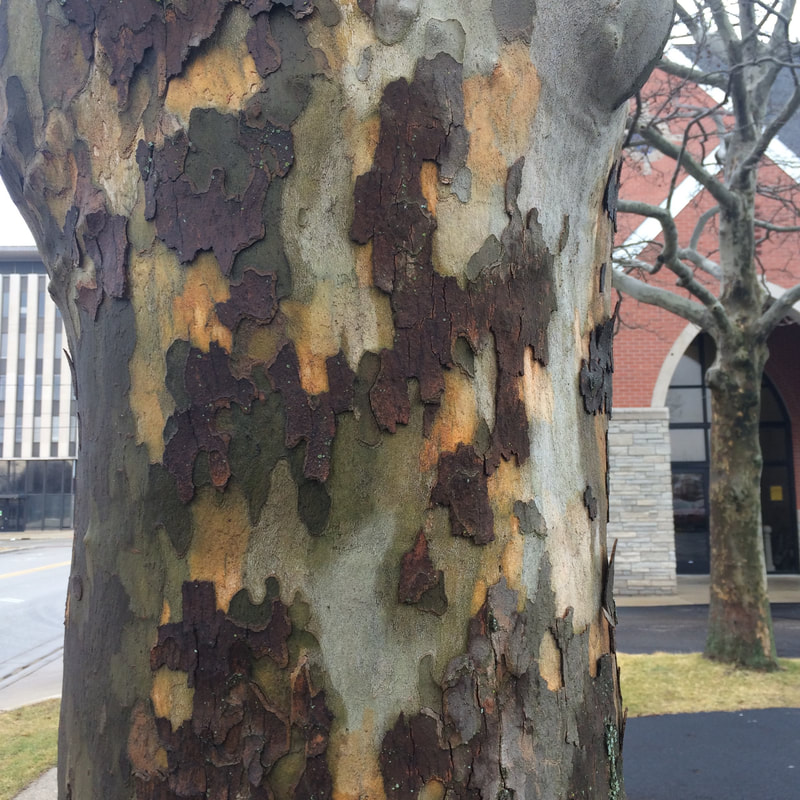
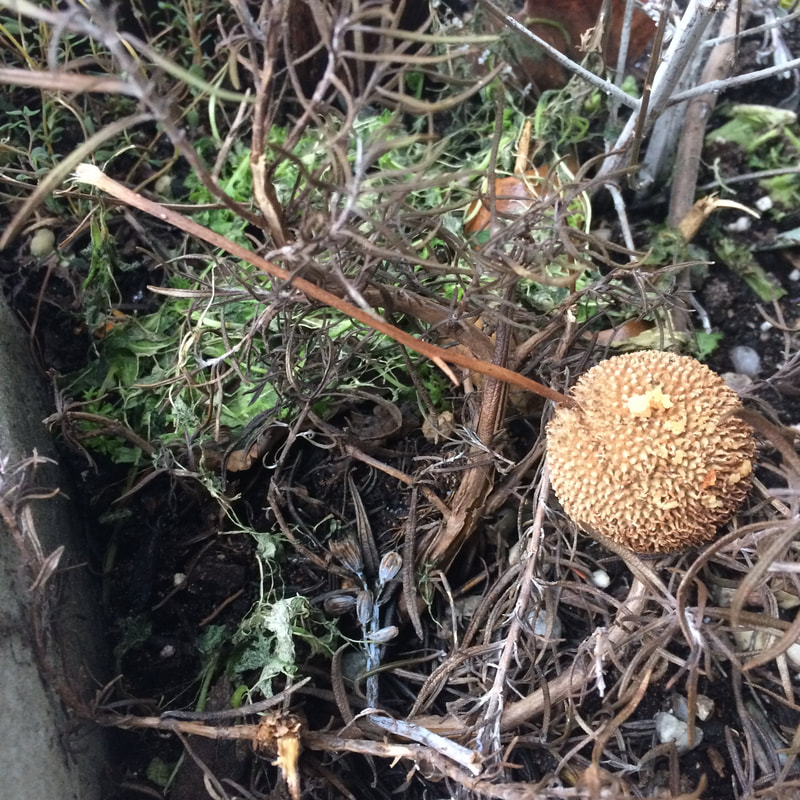
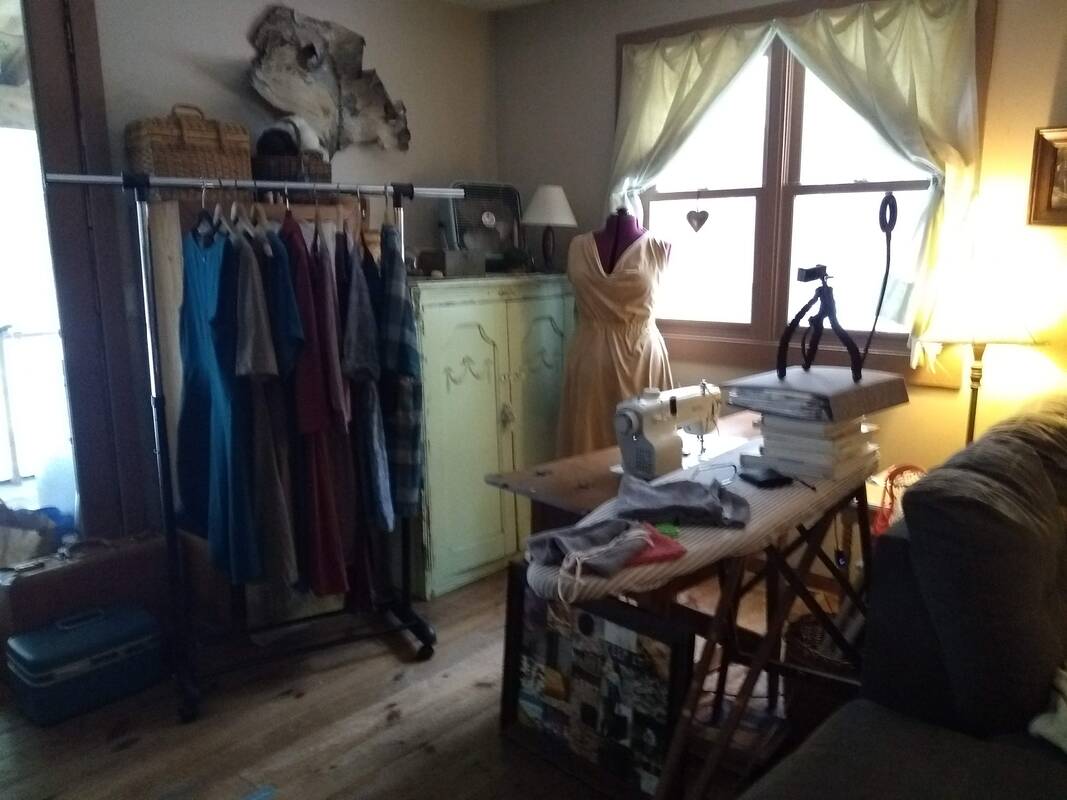
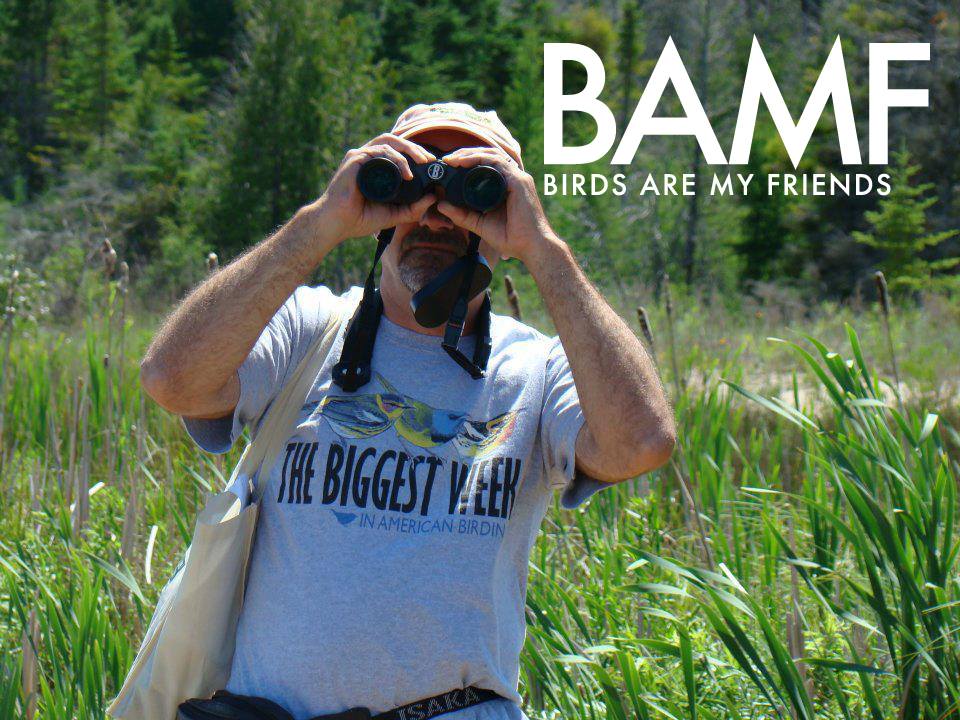
 RSS Feed
RSS Feed